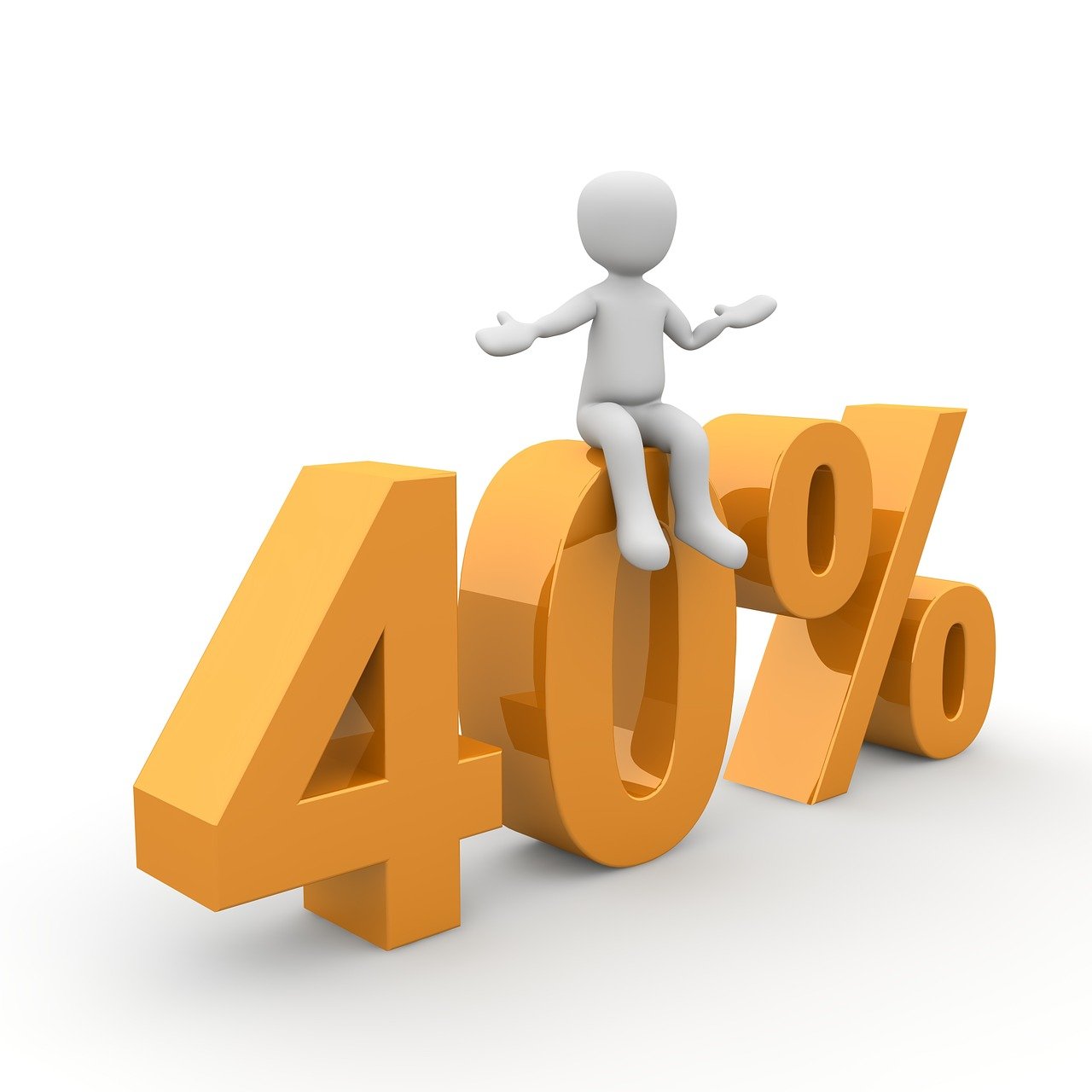In the ever-evolving landscape of 2025, businesses face unparalleled challenges to distinguish themselves from relentless competition. Customer behaviors continuously shift, digital landscapes transform, and budgets tighten under the pressure of rising ad costs. Yet, this environment also unlocks unprecedented opportunities for companies willing to innovate beyond traditional approaches. Creative marketing strategies that meld technology with timeless principles can enable brands not just to survive, but to soar ahead of rivals. Companies harnessing data-driven personalization, integrating direct and digital channels, and nurturing authentic connections tap into lasting customer loyalty. Such strategies demand agility and insight, grounded in an intimate understanding of the market dynamics and emerging trends.
A survey in early 2024 revealed that over a third of U.S. adults are consciously reducing social media usage due to mental health concerns, signaling a fundamental shift in how consumers interact with digital content. Meanwhile, escalating costs on platforms like Facebook, Instagram, and Google place a premium on efficiency and creativity in ad spend. These factors emphasize the importance of balancing cutting-edge digital methods with high-trust, sensory-rich formats like print.
This analysis dives deep into innovative marketing methods featuring automation tools such as HubSpot and Marketo, creative design platforms like Adobe and Canva, and social media management giants including Hootsuite and Sprout Social. By amplifying brand narratives with authentic customer experiences and strategic technology use, businesses can secure a formidable edge. Below, five comprehensive strategies unfold, each packed with practical examples, expert insights, and actionable advice for dynamic market leadership.
Maximizing ROI Through Data-Driven Digital Advertising and Smart Budget Allocation
The digital ad ecosystem in 2025 is both an opportunity and a battleground. Rising costs — such as a noted 10% year-over-year increase on Meta platforms and 25% for Google Ads — mean companies must refine their targeting and creative tactics to avoid wasted spend. Investing in tools like Semrush and Moz enables marketers to uncover competitive keywords, optimize campaigns, and track evolving SEO strategies to stay ahead.
Smart spend begins with thorough testing and measurement. For example, a marketing company doubled its social media leads after deploying video-based ads rooted in real client success stories, carefully segmenting audiences using their proprietary database. Rather than chasing impressions, focusing on conversion metrics and customer engagement maximizes returns. Digital ad automation through platforms such as HubSpot provides seamless backend integration with CRM systems, ensuring that ads reach the most valuable prospects.
Implementing A/B Testing and Personalization for Enhanced Engagement
Marketers who leverage A/B testing find tangible insights by comparing how different content performs across demographics. Paired with Mailchimp and Marketo, automation allows for real-time personalized delivery based on users’ last interactions. For instance, retargeting based on abandoned carts combined with personalized video offers can increase conversion rates significantly.
List of key strategies:
- Use customer data to tailor ad content including offers, visuals, and messaging.
- Conduct ongoing A/B tests to evaluate copy, design, and call-to-action elements.
- Segment audiences by behavior, location, and engagement history.
- Leverage user-generated content for authenticity and improved trust.
- Optimize landing pages for mobile and desktop separately for speed and UX.
| Platform | Average Cost Increase (2023-2024) | Recommended Tools |
|---|---|---|
| Meta (Facebook/Instagram) | +10% | HubSpot, Canva, Sprout Social |
| Google Search Ads | +25% | Semrush, Moz, Marketo |
Efficient budget use and targeting now require marketers to constantly adapt. Companies that succeed do not just throw more dollars at ads; they strategically test, iterate, and focus on ads that build genuine engagement and downstream sales. For deeper insights on innovative marketing applications in small to mid-sized firms, readers may explore this dedicated resource.

Revitalizing Traditional Marketing Channels to Build Trust and Boost Customer Retention
While digital campaigns command attention, revisiting traditional marketing channels like print remains essential. Current statistics display that 76% of consumers rate print ads as highly trustworthy compared to 43% for social media. Brands such as J.Crew and Patagonia have reintroduced physical catalogs, capitalizing on multi-sensory experiences that digital cannot replicate.
Physical print engages tactile senses, evokes nostalgia, and sustains brand recall longer than fleeting online impressions. A case study from PostcardMania highlights a 264% increase in growth rate since shifting focus toward integrated direct mail strategies, illustrating rising consumer and advertiser interest in these methods.
Combining Print and Digital for a Holistic Customer Journey
To truly grow, companies must harmonize digital automation with traditional print mail. One exciting evolution is triggered direct mail marketing, where personalized postcards automatically send upon specific digital cues—such as cart abandonment or lead inactivity. This seamless blend amplifies touchpoints and nurtures leads effectively.
- Develop print collateral that visually aligns with digital brand assets for cohesive messaging.
- Use QR codes and personalized URLs in mailers to seamlessly bridge offline and online experiences.
- Implement triggered mail campaigns integrated through CRM systems like Salesforce.
- Regularly review campaign metrics to refine print-digital coordination.
- Embrace environmentally sustainable materials while maintaining quality to appeal to eco-conscious customers.
| Metric | Print Advertising | Digital Advertising |
|---|---|---|
| Trust Level | 76% | 43% |
| Average Lead Response Time | 1-2 days | Hours to days |
| Growth Rate (PostcardMania, 2020-2024) | +17% per year | N/A |
The post-pandemic era revealed a strong appetite to unplug from endless screen time, which has rekindled interest in traditional marketing avenues. Businesses looking to strengthen customer retention and trust would do well to diversify their media mix. For more strategic advice on developing resilient marketing, see these insights on business resilience.

Leveraging Automation and Artificial Intelligence for Responsive Customer Engagement
The future of marketing relies heavily on automation and AI to create personalized, timely, and scalable interactions. Technologies embedded within tools like HubSpot, Marketo, and Salesforce enable businesses to deploy triggered communications across multiple channels instantly. This approach respects customer behavior instead of bombarding them with irrelevant messaging.
Triggered automated direct mail campaigns have proven especially valuable, pairing data insights with traditional touchpoints. For example, an HVAC company that mailed postcards within 24-48 hours of website visits generated nearly $285,000 in direct revenue while simultaneously running digital ads. This synergy illustrates the power of integrating channels rather than competing with them.
Steps to Building a Scalable Automated Marketing System
To capitalize on AI-powered marketing:
- Connect CRM and website data to automation platforms supporting multichannel triggers.
- Design responsive content that adapts to customer segments, leveraging creative assets from Adobe or Canva.
- Set clear KPIs such as lead conversion rates and revenue influenced for continuous optimization.
- Test frequency and timing of contacts to ensure positive engagement without fatigue.
- Utilize analytics tools like Semrush or Moz to measure impact and discover growth opportunities.
Among the challenges, avoiding setup fees by selecting platforms that charge per mail sent can ease budget management. Companies must regularly analyze campaign responses and tweak triggers to maximize effectiveness. To deepen your understanding of marketing automation benefits, explore this comprehensive services resource.

Creative Marketing Strategies Quiz
Crafting Authentic Brand Narratives to Connect with Modern Consumers
In a saturated market, storytelling remains a powerful differentiator. Consumers increasingly crave authenticity and meaningful connections with brands. Utilizing storytelling frameworks supported by Canva for visual storytelling and Adobe for rich content creation enables businesses to articulate their unique value propositions, heritage, and social mission effectively.
Successful narratives focus on customer experiences, community involvement, and transparent communication. Leading firms integrate social listening tools like Hootsuite and Sprout Social to monitor customer sentiment deeply and respond thoughtfully, fostering brand loyalty.
- Highlight real customer testimonials incorporating multimedia formats.
- Build content around solving actual customer pain points rather than generic features.
- Share behind-the-scenes stories to humanize your brand persona.
- Engage with audiences via live streams and interactive content across platforms.
- Measure narrative impact through engagement metrics and customer feedback.
Fostering Strategic Networking and Collaborative Opportunities to Expand Market Reach
Beyond technology and messaging, strategic partnerships accelerate growth and brand visibility. Networking events, industry forums, and joint ventures open pathways to untapped audiences and mutual value creation. Entrepreneurs harnessing platforms that facilitate connections and knowledge exchange enhance their marketing impact.
Key tactics include targeted outreach, co-branded campaigns, and participation in platforms that amplify expertise. By building strong relationships with influencers, suppliers, and complementary businesses, companies create symbiotic ecosystems that elevate market presence.
- Attend industry events and webinars focused on innovation and marketing trends.
- Collaborate with influencers and micro-influencers aligned with brand values.
- Leverage online platforms to showcase expertise and engage niche communities.
- Create co-marketing initiatives that share costs and combine audiences.
- Maintain follow-up systems using CRM tools like Salesforce for relationship management.
For detailed strategies to enhance entrepreneurial networking and resilience, readers can refer to this in-depth guide.
How can small businesses effectively combine digital and print marketing to stand out?
Small businesses benefit from tailoring integrated campaigns that use data triggers to send personalized print materials like postcards combined with targeted digital ads. This multi-touch approach increases recall and nurtures leads through various stages of the customer journey without overwhelming prospects.
What role does automation play in modern marketing strategies?
Automation makes scaling marketing efforts feasible by responding to customer behaviors in real-time. It ensures messages are relevant and timely, decreasing manual workloads and improving conversion rates through intelligent triggers across email, direct mail, and social media.
Why is storytelling crucial for building brand loyalty?
Authentic storytelling connects emotionally with customers, fostering trust and differentiation in crowded markets. It turns transactional interactions into memorable experiences by sharing values, community ties, and customer success stories.
Which marketing tools are vital for competitive digital campaigns?
Tools like HubSpot and Marketo enable marketing automation, Semrush and Moz drive SEO optimization, while Canva and Adobe enhance creative production. Together, they deliver precise targeting, measurement, and compelling content.
How can businesses maintain customer engagement amid rising digital ad costs?
By continuously testing ad formats, focusing on conversion-driven content, and combining digital efforts with trusted offline channels like print mail, businesses protect ROI. Leveraging CRM data to target high-value segments ensures more efficient spending.


